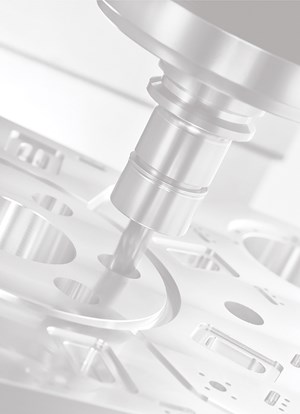What Parts Make Sense for Multitasking?
One of the striking things about Mazak’s new knowledge center on multitasking is how few of the part examples included within it are round.
Share



One of the striking things about Mazak’s new knowledge center on multitasking (see our home page) is how few of the part examples included within it are round. The turbine blade seen here is one example of a part that makes sense for multitasking. Others are bicycle forks, block-shaped pump parts and even cylinder heads. See the array of part examples.
We tend to think of multitasking as involving a live-tool lathe. That mindset limits our view. The different levels of multitasking actually include machine tools that depart from lathes significantly. Even on the machines that are lathes, roundness is not required.
Keep that in mind as you take another look at your own process. Even some of your highly asymmetric parts might be good candidates for processing in one setup via multitasking.
Related Content
-
Ballbar Testing Benefits Low-Volume Manufacturing
Thanks to ballbar testing with a Renishaw QC20-W, the Autodesk Technology Centers now have more confidence in their machine tools.
-
A History of Precision: The Invention and Evolution of Swiss-Style Machining
In the late 1800s, a new technology — Swiss-type machines — emerged to serve Switzerland’s growing watchmaking industry. Today, Swiss-machined parts are ubiquitous, and there’s a good reason for that: No other machining technology can produce tiny, complex components more efficiently or at higher quality.
-
How to Determine the Currently Active Work Offset Number
Determining the currently active work offset number is practical when the program zero point is changing between workpieces in a production run.











-02.jpg;maxWidth=300;quality=90)





.png;maxWidth=300;quality=90)

